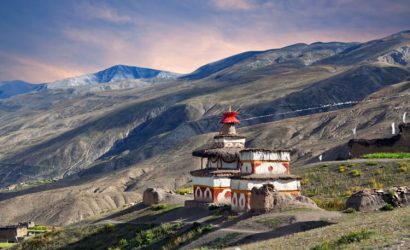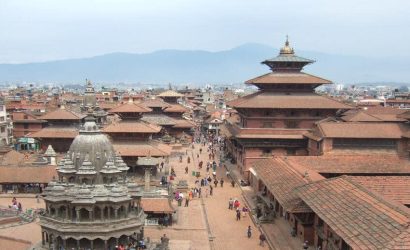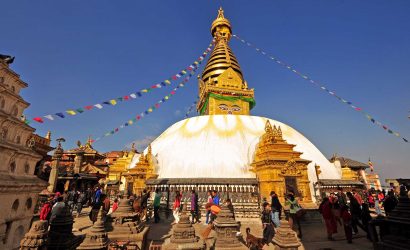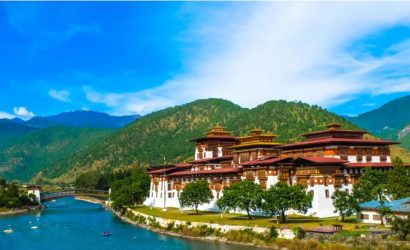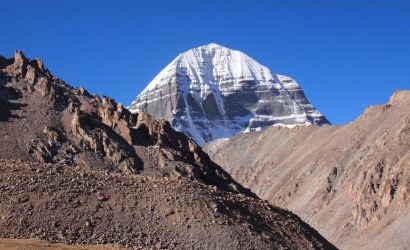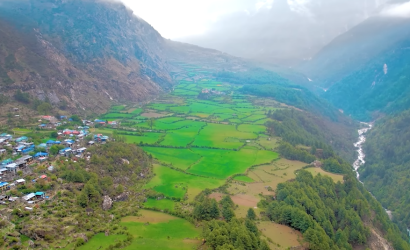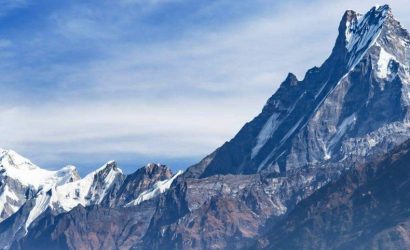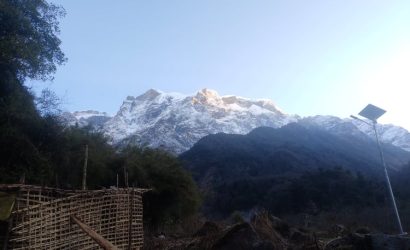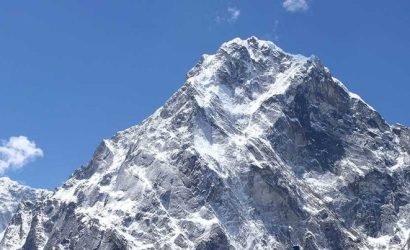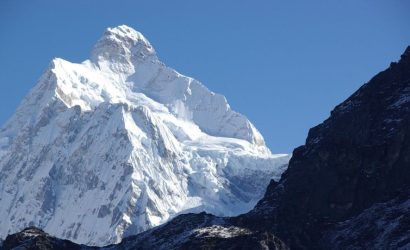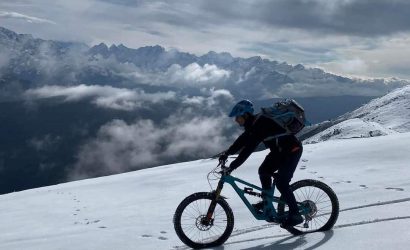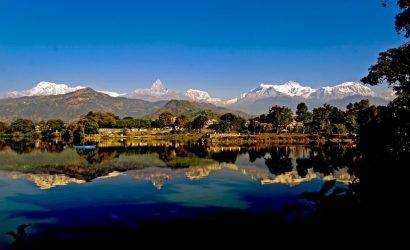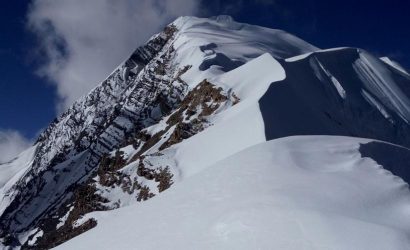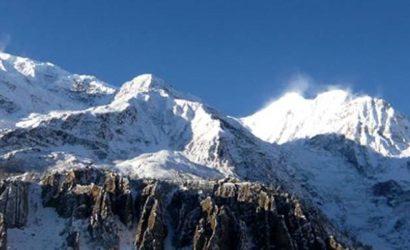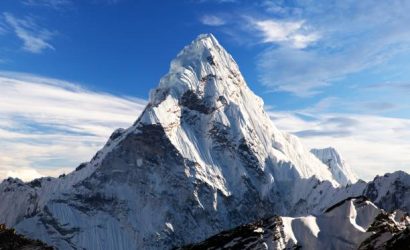Bhutan The beautiful south Asian Kingdom is a landlocked country that is filled with natural and cultural heritage. Experience of the Bhuddhist culture and tradition along with the hindu culture and the friendly people creates such a good religious and social harmony. The government of Bhutan really responsible towards its people and in every population Census they are asked, whether they are happy or not.
The Central Bhutan tour provides travelers the experience of the cultural, heritage, tradition, social and religous practices, Monsteries. Beside religious, social and cultural sides of Bhutan the natural attractions is another experiences with jungles, rivers, mountain views and the national animal Takin. All in all the tour includesthe focal area such as Paro, Thimpu, Punakha, Trongsa, Bumthang.


